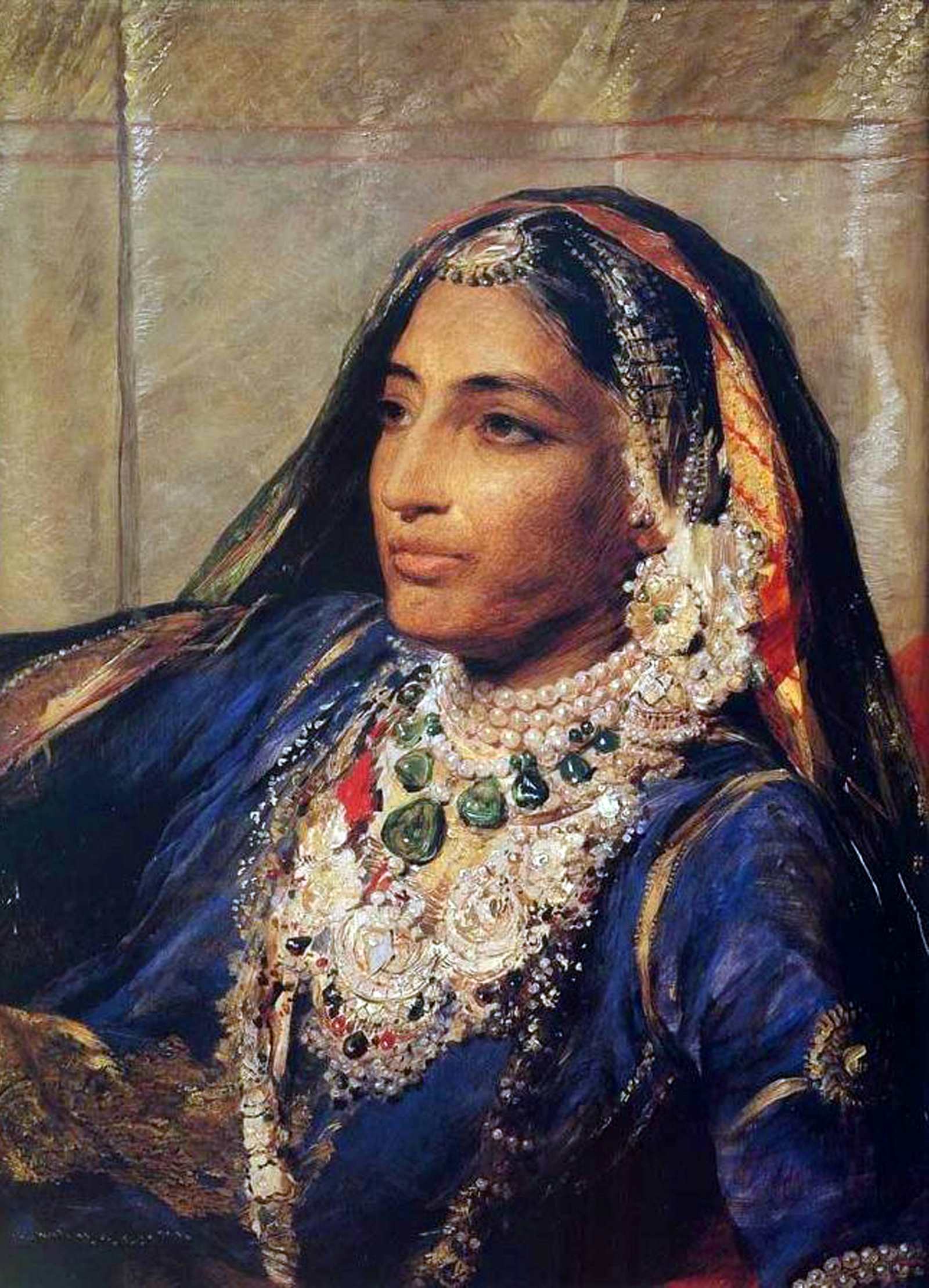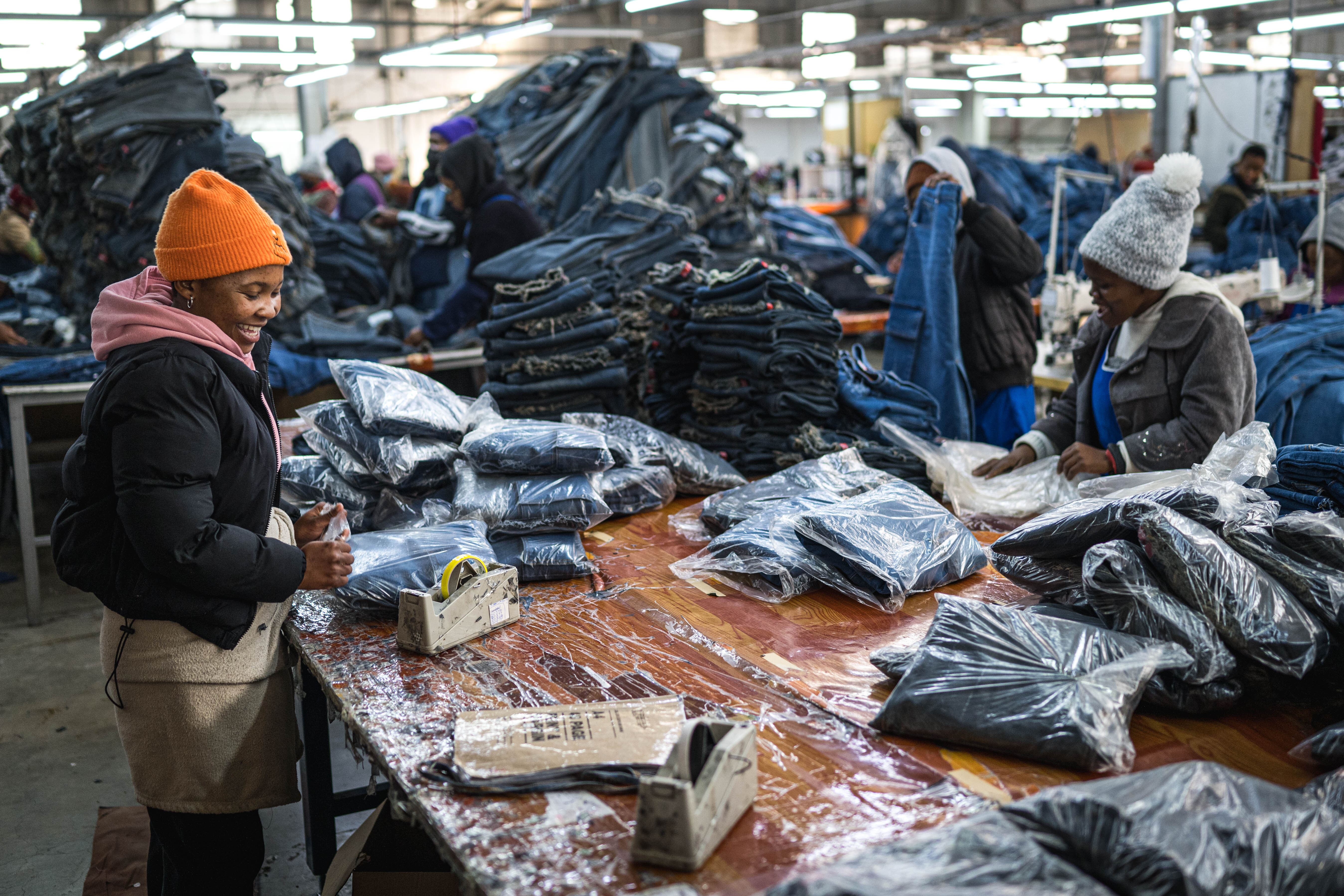South Asia
In Pakistan, authoritarian attitudes are a colonial legacy

When scholars attempt to explain divergent developmental trajectories of nations, they often emphasise the role of institutions. A simple way to define “institution” is “collective expectations”. One might also speak of “formal and informal rules”. There is a broad range of institutions, from marriage to law courts.
Institutions tend to be sticky. Social expectations have in-built reinforcing characteristics. Whether good or bad, they often persist. Created by humans, however, they can be altered. Such change can be incremental, in a succession of family-law reforms, for example, but it can also be sweeping due to revolutions or wars. The colonisation of the Americas, Asia and Africa by Europeans in the 16th to 19th centuries left lasting imprints on the institutions of colonised areas and later post-colonial independent states.
Why Punjab mattered very much to the colonial power
India was economically and politically the British Empire’s most important colony. Within it, Punjab played a paramount role. The former Sikh kingdom had great economic relevance, and the colonial masters recruited soldiers there.
Punjab was the last major region the East India Company conquered in South Asia. It took two major Anglo-Sikh wars in 1846 and 1849. In the first few years after annexation, the British were obsessively concerned with demilitarising society. They wanted to prevent any native resistance. That attitude changed soon however.
In 1857, the Bengal Army, which had been at the forefront of the East India Company’s military campaigns across North India, rebelled. The Brits spoke of a “mutiny”, but historians now see the event as an early, though failed war of independence.
The colonialists ultimately succeeded in crushing the rebellion, but they needed Punjabi help for doing so. In view of the insurrection, Punjabis suddenly looked less dangerous, so the colonial regime began to co-opt Punjab’s economic and military elite. This elite, in turn, grasped the opportunity to re-establish its economic fortunes and its social standing at home.
Military recruitment
British military recruitment policies shifted away from the traditional high-caste troops in the Bengal army. Those castes were no longer trusted. Soon, the British were systematically praising the strong physical constitution of Punjabi men and their “honourable conduct”, arguing they were naturally suited for military and belonged to the “martial races”.
From 1858 to the 1880s, there was a steady increase in military recruitment from Punjab. The army was expected to ensure dominance over the entire imperial territory, forestalling any challenge to British rule.
From the 1880s on, a new fear gripped the British leadership. As the Russian empire became more assertive, competition arose over what is now Afghanistan. The colonial military was no longer only expected to ensure internal control, but also had to be able to withstand a potential Russian invasion.
Racist ideas of “martial races” became even more prevalent. The British primarily relied on Muslims from the Salt Range region, Sikhs from Central Punjab and Hindu Jats from Eastern Punjab.
Powerful landlords
At the same time, Punjab played an important economic role. It had massive agrarian surpluses. Large land holding benefited from new water infrastructure. Barrages were built, canals were established, and irrigation was expanded.
The colonial power set up a system of paternalistic authoritarianism. It relied on landholding local elites through whom imperial dominance was exercised down to the village level. During World War I, yet more Punjabis were recruited to fight in Europe. For the soldiers and their families, that meant additional incomes and secured pensions. For the land and military elite, however, the war was an ideal opportunity to showcase their loyalty to the Empire. In return, they got official recognition as well as large land grants.
In other South-Asian regions, nationalist challenges were emerging. In response, there were some minor constitutional reforms and a gradual democratisation of politics. Regions were granted rather limited self-rule.
As urban, educated classes tended to lead efforts to gain independence, the British deliberately gave the rural electorate more clout. In Punjab, regional politics was dominated by the loyalist Unionist Party. Its inter-faith coalition included Muslim, Sikh and upper-caste Hindu landlords plus military leaders.
For the British, the system worked well until World War II triggered a severe economic crisis and the influence of the all-India-level independence movement grew stronger. However, the movement splintered along faith lines, with the Muslim League opposing the Congress party.
Partition trauma
In 1947, British India was split into predominantly Hindu India and Pakistan as a country for Muslims. Two important regions – Punjab and Bengal – were divided into their eastern and western parts. West Punjab became part of what was then Pakistan’s west wing, and East Bengal became the east wing.
Conservative estimates suggest that over a million people died in the partition violence. More than 15 million were displaced. The ceding colonial government made no effort to ensure an orderly transition.
It is no coincidence that Punjab, the most important province in both military and agricultural terms, witnessed the worst brutality. Ever since, deep trauma has reinforced the animosity between British India’s successor states.
Pakistan’s post-colonial state inherited a landed elite that was used to having an alliance with those wielding power. As before, the arrangement meant that it had the means to control people at the local level. The racialist constructs of martial races persisted, with the new threat from India now reinforcing militarism. In the Cold War, formally non-aligned India began to lean towards Soviet Russia, so Pakistan’s post-colonial elite chose the US camp.
Allegiance to the west, however, did not mean any deepening democracy. Instead, the military-bureaucratic oligarchy and the landed elite maintained their mutual support. Elected politicians were sidelined – if need be, in military coups. The state prioritised military spending and increasingly turned Pakistan into a garrison state. Social development did not get much attention.
The military’s harmful power
The post-colonial dominance of the military often proved dysfunctional. The most obvious example was when the top brass prevented Sheikh Mujibur Rahman, an East Pakistani politician whose Awami League had won general elections, from becoming prime minister. After a short and brutal war, East Pakistan became the new sovereign state of Bangladesh.
The military had not only failed to address legitimate Bengali grievances. It had tried to crush any opposition. That its defeat did not diminish its role in the Pakistani state shows how persistent institutions can be.
Though multiple social movements have challenged the dominance of Pakistan’s oligarchy, it remains firmly in place. Part of its strength is based upon its imperial alliances. In the 1980s, Pakistan once again became a frontline state, first during the Soviet occupation of Afghanistan and later the US-led occupation in the so-called “global war on terror”.
Over the decades, the military used some of the inflowing money to build a huge corporate empire. It is the biggest player in the economy. All in all, the alliance with western countries reinforced the colonial inheritance that had allowed military leaders to seize the reins of power.
Permanently in control
For some periods, military juntas ran the country. When democracy was formally restored, the generals stayed the ultimate arbitrators against whose wishes no policy could be implemented. Resistance movement have risen up in the periphery again and again, but they hardly made a dent in the military-dominated state.
Just how strong this system is, is evident in how it has dealt with Imran Khan, the country’s currently most popular leader. He was once the military’s foremost defender but fell out with the generals when serving as prime minister from 2018 to 2022. Parliament removed him from office, and his party was banned from running in this year’s general election. He has been in prison for over a year on trumped-up charges.
Nonetheless, supporters of Khan performed strongly as “independents” at the polls in February, even though there are strong indications of rigging against them. They won almost a third of the popular vote, more than any other party. Having secured 93 of 272 seats in parliament, they are now the opposition.
A multi-party coalition was cobbled together against them. It lacks popular legitimacy but has military support. That this support matters more than votes, is a colonial inheritance – and the major stumbling block in Pakistan’s development.
Muhammad Nawfal Saleemi teaches History and Politics at the School of Humanities and Social Sciences, Lahore University of Management Sciences, Pakistan.
muhammad.saleemi@lums.edu.pk

















